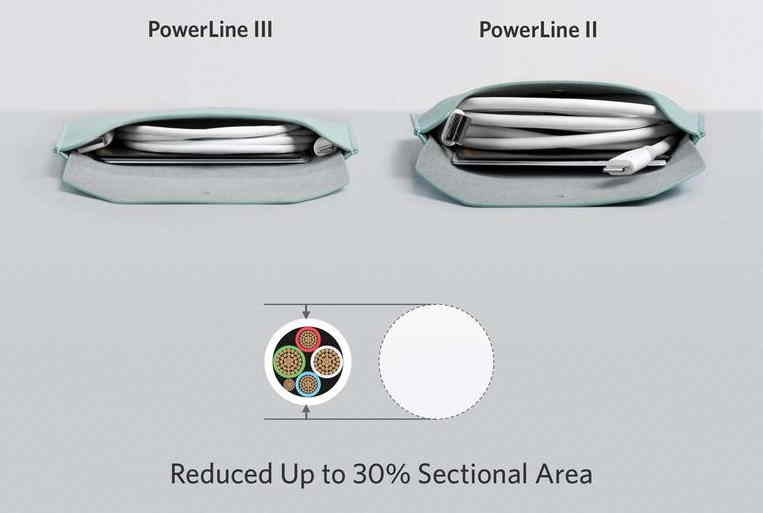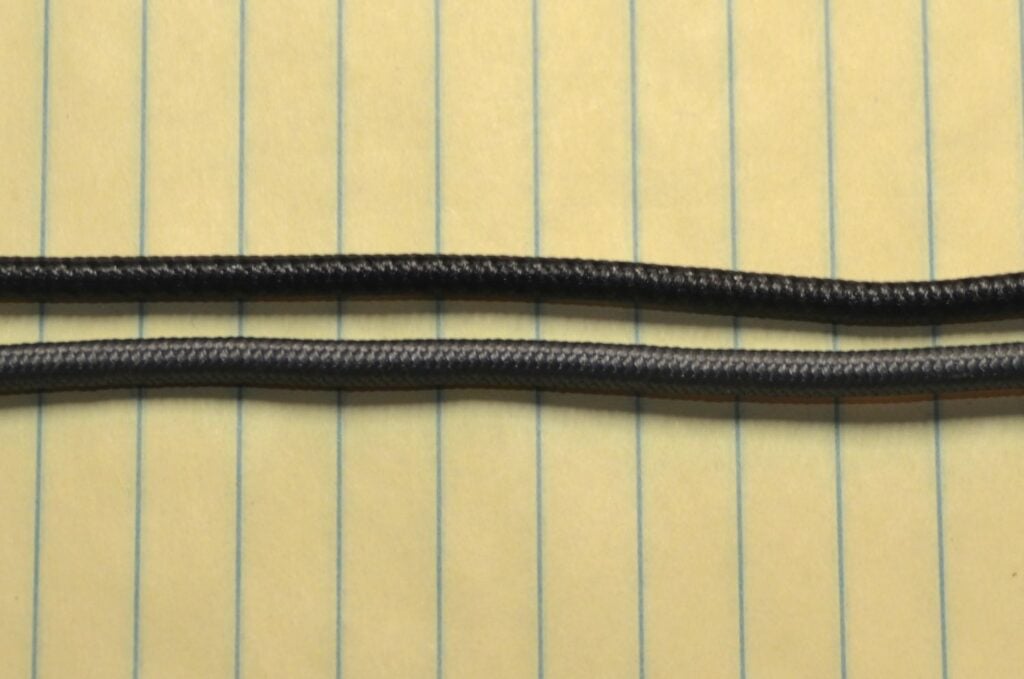If you were to ask either one of my kids, they would tell you that there was only one story in the news this week that matters: the dispute between Epic and Apple over whether Epic should have to pay Apple the same 30% for in-app purchases in the Fortnite game that other app developers pay Apple. So far, both sides have drawn lines in the sand as they battle in court, and as a result, my kids and countless others have lost cross-platform play and the ability to experience the new features of the game. As Jason Snell notes in his good analysis of how this all effects users, there are arguments to be made on both sides. And now, the other news of note from the past week:
- As California attorney David Sparks notes, the GoodNotes app was updated this week to version 5.5, and one of the new features is the ability to share a notebook with someone else so that you can both take notes in the same notebook. Unfortunately, there are some limitations. First, as Sparks notes, when you write something in a notebook, it takes about 20-40 seconds for the other person to see the change. There is a second problem that Sparks does not note but which limits the usefulness of this feature for attorneys. As GoodNotes itself explains in this article posted on Medium: “Please note that shared documents are currently public, which means that everyone with the link can open and edit a shared document with GoodNotes. For now, we recommend sharing links with trusted people only or making sure not to include any sensitive data.” I wouldn’t be comfortable with putting confidential information in a notebook that anyone in the world can access if they just guess or somehow gain access to the URL. But GoodNotes had to start somewhere, and hopefully this feature will be improved in the future in a way that makes it more useful for attorneys who want to collaborate.
- Every year, Fastcase announces the Fastcase 50, a group of lawyers, judges, and other folks who have something to do with the law who Fastcase believes made important contributions to the law — often, but not always, the legal technology side of the law. The 2020 class was announced this week, and I was happy to see that Ian O’Flaherty was honored. Ian is the founder of LIT Software, which makes essential iPad apps for lawyers including TrialPad, TranscriptPad, and DocReviewPad. Congratulations, Ian!
- On Tuesday, September 29, 2020, at 1 Pacific / 4 Eastern, I’ll be the guest on the Tech Talk Law Happy Hour with D.C. attorney Melissa Kucinski and Florida attorney Brian Karpf. In this live video presentation, I’ll answer questions and provide tips for using an iPad (and iPhone) (and probably Apple Watch too) in a law practice. You can sign up for free, and you’ll be able to submit questions using the chat feature. I hope to “see” some of you there.
- Speaking of appearing via video, Jim Calloway of the Oklahoma Bar Association offers some good tips for lawyers appearing on videoconferences.
- Here’s one useful tip for participating in a videoconference: don’t take a shower while you are attending a Pittsburgh school board meeting. Or for that matter when attending a Spanish council meeting.
- In an article for OneZero on Medium, David Pogue discusses one of the newest Fitbit watches, which has lots of sensors — even more than the Apple Watch. And as Pogue explains, with these sensors, the watch was sometimes (about half of the time) able to sense that the person wearing the watch was infected by COVID-19, a day or two before symptoms began. Just a few weeks ago, I mentioned a similar story from Joanna Stern of the Wall Street Journal. It will be interesting to see if Apple uses some of these additional sensors on future versions of the Apple Watch.
- John Gruber of Daring Fireball warns that if you only have a six-digit passcode on your iPhone or iPad, there are devices available like GrayKey which are made for cops but are likely also in the hands of criminals that can crack your passcode. And then once your device, they can access all of the passwords in your iCloud keychain. Yikes. The moral of the story: it is safer if you have a longer numeric passcode or if you use an alphanumeric passcode.
- This week, Apple updated its free iMovie app for the iPhone, iPad, and Mac. There are new soundtracks, performance improvements, and there are even new filters to give your videos a hand-drawn look — perfect for when you want to create your own version of the a-ha Take On Me video.
- If you ask either one of my kids, they would tell you that by far the most important news of the past week was the dispute between Apple and EPIC over Fortnite on the iPhone/iPad. In an article for Macworld, Jason Snell offers a good analysis of the dispute regarding the App Store.
- And finally, Apple is about to open a new Apple Store in Singapore called Apple Marina Bay Sands. According to Nick Statt of The Verge, it is the “only Apple retail shop on the planet that floats on water.” The colorful orb on the water looks cool during the day but even better at night, as you can see in this video from Singapore photographer SG Yap:








